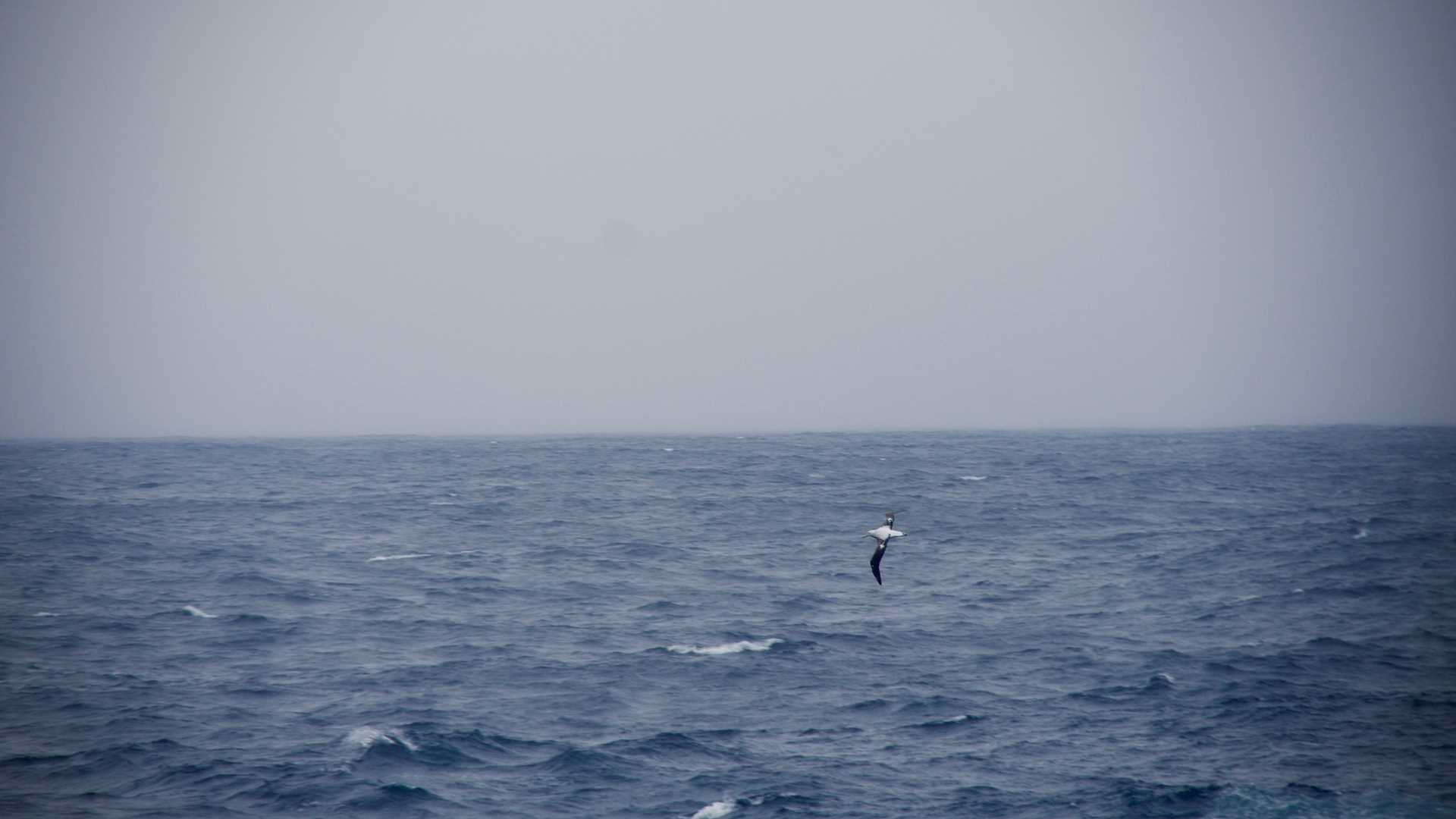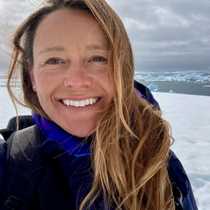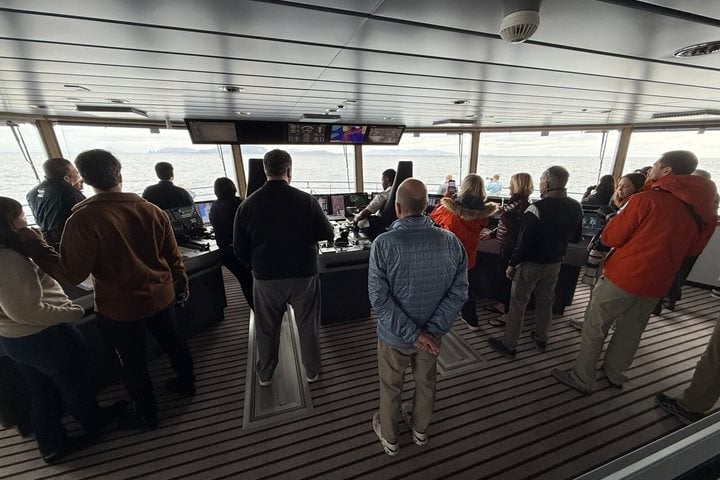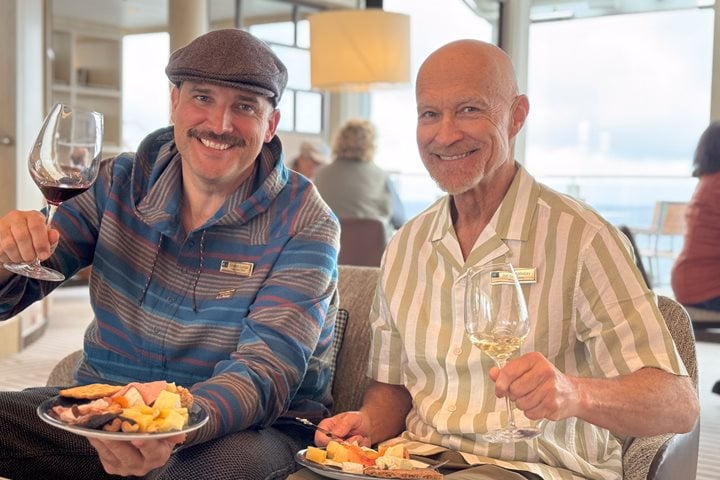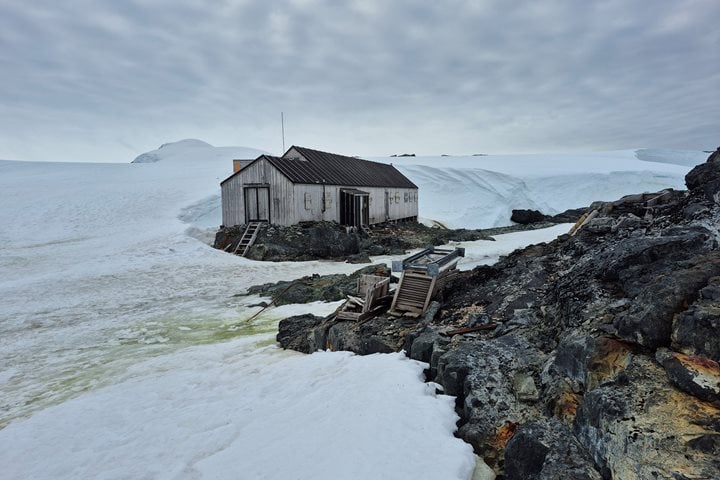This evening, we found ourselves at 60 degrees south, crossing the internationally recognized geographic boundary into the Southern Ocean and the waters that define the Antarctic continent. Aside from lines on a nautical chart, this transition is marked by the presence of the largest, most traveled, and “longest lived” seabirds on the planet. These birds glide along the edges of the air masses that hover above the fringes of the Antarctic Circumpolar Current. Beyond the birds hangs a thick fog. Cold air above near-freezing Antarctic waters condenses as it meets warmer Atlantic and Pacific waters along the strong sea surface temperature gradient known as the Antarctic Convergence zone. We have spent the day orienting ourselves to the vessel and getting to know our expedition team and fellow travelers. We have also learned from expedition staff about how to make the most of our journey–from photography tips presented by onboard Certified Photo Instructors and a visiting National Geographic photographer to seabird spotting and identification guidance from naturalists. Embarking on the last voyage that National Geographic Resolution will take in 2022 is also cause for reflection on what the past year has meant for Antarctica and for each other. It is with great enthusiasm that we ring in the New Year with a Captain’s welcome party, complete with sea shanties and festive attire as we look forward to learning more together and appreciating the moments we will share on this epic adventure to explore the wildest place on Earth!
Call +1.800.397.3348 or contact your travel advisor

